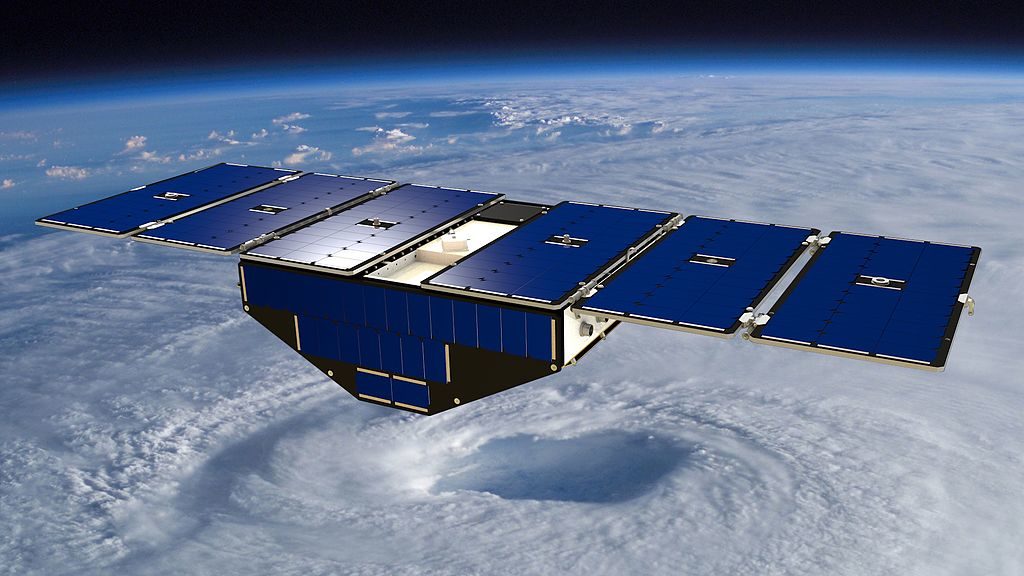A recently released report from C4ADS following a year of

GNSS is the collective term for “global navigation satellite systems“, of which the common GPS system is one. Russia and China are known to operate their own GNSS systems, alongside the GPS system developed by the US military.
The activities of the FSO – (in which it is apparent that false signals are deliberately broadcast to confuse GPS receivers, such as those you might have in your car, or those found in commercial ships or commercial aircraft) – are reputedly designed to keep attack drones away from Russian president, Vladimir Putin.
While this might seem like a not unreasonable use of such techniques, the report presents evidence that they are also using these techniques in Syria, possibly to confuse enemy military systems. There is of course a long running military conflict in the region.
It is therefore logical to assume that such techniques can and have been used all over the world at some time – past, present and future.
These techniques could be used to disrupt navigation in all sorts of transportation systems and infrastructures.
Russia shot down a Korean Air passenger jet in 1983 after an issue with the configuration of the navigation system on that Boeing 747. While this was found to be the fault of the pilots at the time, faulty navigation data could be used to initiate similar incidents, but with plausible deniability.
Quoting the report’s Executive Summary:
In this report, we present findings from a year-long investigation ending in November 2018 on an emerging subset of EW activity: the ability to mimic, or “spoof,” legitimate GNSS signals in order to manipulate PNT data. Using publicly available data and commercial technologies, we detect and analyze patterns of GNSS spoofing in the Russian Federation, Crimea, and Syria that demonstrate the Russian Federation is growing a comparative advantage in the targeted use and development of GNSS spoofing capabilities to achieve tactical and strategic objectives at home and abroad. We profile different use cases of current Russian state activity to trace the activity back to basing locations and systems in use.
The full report can be found here.

